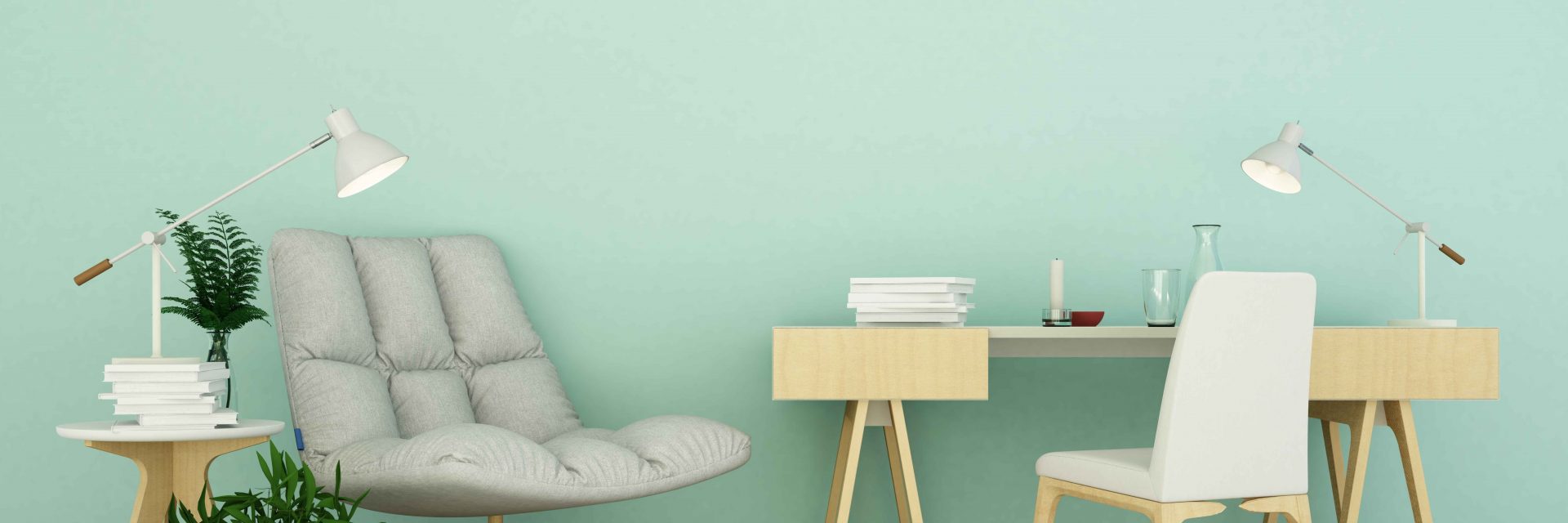Learn How Seasonal Aspects Influence Industrial Exterior Paint Success And Uncover The Best Times To Ensure Enduring Outcomes For Your Task
Learn How Seasonal Aspects Influence Industrial Exterior Paint Success And Uncover The Best Times To Ensure Enduring Outcomes For Your Task
Blog Article
Content By-Regan Bagger
When you're intending an industrial external painting task, seasonal factors can make or damage your results. You'll intend to think about how temperature and moisture impact paint application and drying times. Picking find out this here can guarantee your paint sticks effectively and lasts longer. But which periods are really the very best for this type of job? Allow's check out the key elements that can influence your job's success.
The Influence of Temperature on Paint Application
When you're preparing an industrial external paint project, the temperature level can substantially affect how well the paint adheres and dries out.
Ideally, you want to repaint when temperatures vary between 50 ° F and 85 ° F. If it's also cold, the paint may not heal correctly, leading to issues like peeling off or splitting.
On the other hand, if it's as well warm, the paint can dry out as well quickly, protecting against proper adhesion and resulting in an unequal finish.
You must also think about the time of day; early morning or late afternoon supplies cooler temperature levels, which can be a lot more positive.
Always examine the supplier's suggestions for the specific paint you're making use of, as they often provide guidance on the suitable temperature level variety for ideal results.
Moisture and Its Result on Drying Times
Temperature isn't the only ecological variable that affects your commercial exterior paint task; moisture plays a considerable duty as well. High moisture levels can slow down drying out times drastically, influencing the overall top quality of your paint task.
When the air is filled with moisture, the paint takes longer to heal, which can cause problems like bad attachment and a higher danger of mold growth. If you're painting on an especially humid day, be prepared for extended delay times between coats.
It's crucial to check neighborhood climate condition and strategy accordingly. Ideally, go for humidity degrees in between 40% and 70% for optimal drying out.
Maintaining these consider mind guarantees your task stays on track and provides a lasting surface.
Best Seasons for Commercial Outside Paint Projects
What's the very best season for your commercial external painting jobs?
Spring and early autumn are typically your best options. During these seasons, temperatures are light, and humidity degrees are often reduced, producing perfect conditions for paint application and drying.
Stay clear of summer season's intense heat, which can cause paint to completely dry also rapidly, leading to bad attachment and surface. In a similar way, winter months's chilly temperature levels can impede correct drying and treating, taking the chance of the long life of your paint job.
Go for days with temperature levels between 50 ° F and 85 ° F for optimum results. Keep in mind to check the local weather prediction for rainfall, as damp problems can ruin your project.
Planning around can you paint your house in the winter ensures your painting job runs smoothly and lasts longer.
Conclusion
Finally, preparing your business outside painting projects around seasonal factors to consider can make a substantial difference in the end result. By organizing work throughout the ideal temperatures and moisture degrees, you'll ensure far better attachment and drying times. Keep in mind to keep an eye on local weather forecasts and select the correct time of year-- springtime and early loss are your best choices. Taking these steps will assist you achieve a sturdy and specialist finish that lasts.
